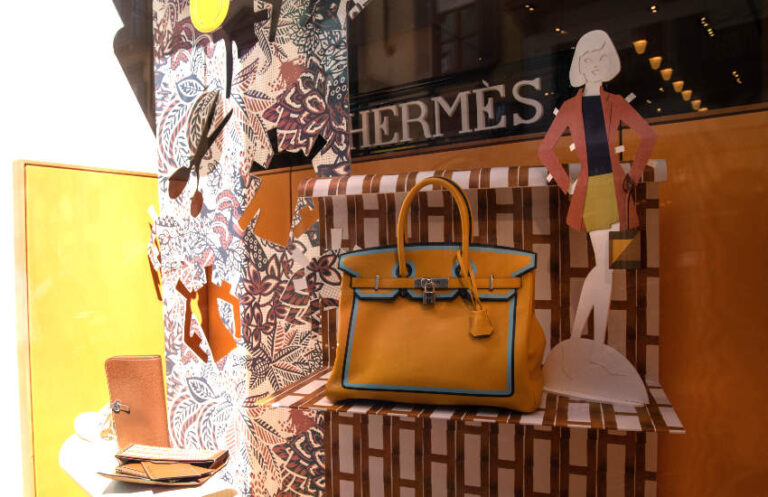
Source: www.ledgerinsights.com
A little over a year ago, Hermès filed a trademark infringement lawsuit in New York against Mason Rothschild, who created the MetaBirkins NFT collection with images of Birkin-style bags. The jury found in favor of Hermès on all counts. It concluded that the legally protected right to artistic expression did not invalidate the creator’s liability for intellectual property (IP) infringement.
The verdict included trademark infringement, trademark dilution, and cybersquatting. He awarded Hermès $110,000 for the trademarked look and $23,000 for cybersquatting.
Was the NFT protected by artistic expression? No.
The NFT world was waiting for a conclusion regarding artistic expression. Early on, Rothschild, whose real name is Sonny Estival, said the First Amendment to the US Constitution gave him the right to sell “art depicting Birkin bags.” He compared it to Andy Warhol’s paintings of Campbell’s soup.
Regarding her First Amendment rights, the judge’s instructions to the jury said it was beyond dispute that there was some artistic expression in the bag designs, at least in some respects. But in deciding whether this would reduce Rothschild’s liability, the jury had to consider whether the “use of the Birkin trademark was not only capable of misleading potential consumers, but was intentionally designed to mislead potential consumers into believing that Hermes was associated with with Mr. Rothschild’s MetaBirkins. project. In other words, if Hermes proves that Mr. Rothschild actually intended to confuse potential customers, he has waived any First Amendment protection.” It seems the jury believed there was intent.
As we noted when the lawsuit was first filed, we were not entirely convinced on the issue of confusion. MetaBirkins stated that she was not associated with Hermès from the beginning. And the value of the MetaBirkins NFT seemed decidedly low if people believed it was associated with a high-end brand. The initial drop of 100 bags yielded $32,200 compared to $5.65 million from nine NFTs released by Dolce & Gabbana.
trademark infringement
As to the issue of trademarks, the jury was instructed to take several factors into account in their deliberations:
- The strength of the Birkin brand
- The degree of similarity between the name and the visual appearance of the NFTs with the brand
- If Hermès and MetaBirkins NFT would compete for consumers
- Evidence or not of consumer confusion
- How much attention would a consumer need to avoid confusion?
- If Rothschild acted in bad faith
- Hermès plans to introduce its own NFTs.
During the trial, Hermès confirmed that it intends to abandon its own NFTs.
The point of competing for consumers is perhaps fundamentally different from that of Warhol’s paintings.
One paragraph of the judge’s instructions to the jury was an indicator that Rothschild was on the defensive.
It stated: “Hermès asserts trademark infringement, trademark dilution, and cybersquatting as to the mark ‘Birkin,’ which is a federally registered mark described in Exhibits 5 and 6 to Plaintiffs and covering both the word ‘ Birkin’ as the visual hallmark of the bag. appearance.”
“In this case, it is not in dispute that Mr. Rothschild marketed certain NFTs under the heading ‘MetaBirkins’ and that these NFTs were associated with digital images of leather-covered Birkin bags. Collectively, these NFTs and their associated images are referred to herein as ‘MetaBirkins NFTs’.”
The decision is likely to be important not only for NFTs but for the metaverse as well.
Read More at www.ledgerinsights.com